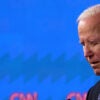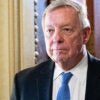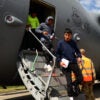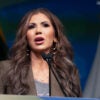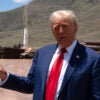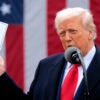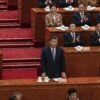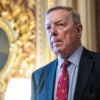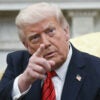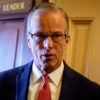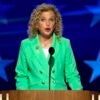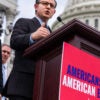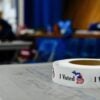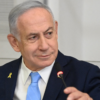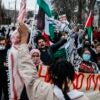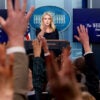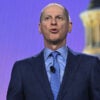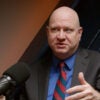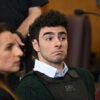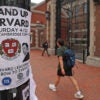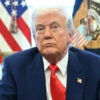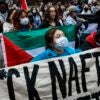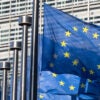FBI Director Christopher Wray testified before the House Judiciary Committee on Wednesday, offering scant new information on the attempted assassination of former President Donald Trump.
Wray sat down before the House lawmakers and, in his opening remarks, described the “complex threat environment” that the FBI is facing. He also emphasized the need for the agency to understand what happened at the July 13 Trump campaign rally in Butler, Pennsylvania, where Thomas Matthew Crooks, who was killed by authorities, shot at Trump, hitting him in the right ear.
Wray promised that the agency will “leave no stone unturned” in its investigation.
The Daily Signal depends on the support of readers like you. Donate now
Lawmakers grilled Wray throughout Wednesday morning and into the afternoon about the incident, but a number of lawmakers also brought up related and unrelated topics, such as gun control; Jan. 6; diversity, equity, and inclusion efforts; and Vice President Kamala Harris.
Wray revealed that Crooks, using a laptop computer, had Googled “How far away was Oswald from Kennedy?” on July 6, a little more than a week before the July 13 attack on Trump’s life. The FBI director said that Crooks became “very focused” on Trump around that date, though he stressed that the FBI has not yet uncovered Crooks’ motivations for trying to kill the former president.
Wray also discussed how Crooks’ devices showed that the gunman had looked at other political figures, but he stressed that there is no indication that Crooks had another target. He told lawmakers that federal agents found three “relatively crude” explosive devices in Crooks’ possession—two in his car and one in his house.
The FBI director said that Crooks had been flying a drone about 200 yards from the stage where Trump stood and was livestreaming the video about two hours before the Pennsylvania rally began.
He did not offer insight into whether Crooks was conspiring with anyone else, citing the ongoing nature of the FBI’s investigation into the attempted assassination.
“We’re still in early stages, but we have not seen anything so far that would suggest to us that he acted with others,” Wray said.
The FBI director blamed “an uptick in threats about judges … including a case we helped investigate involving a threat to a sitting Supreme Court justice” (apparently meaning Justice Brett Kavanaugh) to “a reflection of a broader phenomenon that we’re seeing in this country.”
Wray expressed understanding for those who are “again very passionate, I respect that; very angry, I respect that. But there is a right way and wrong way to express yourself when you are angry. And violence and threats of violence just can’t be it.”
The FBI chief clarified that someone at the Butler rally saw Crooks on the roof a “handful of minutes” before he began shooting at Trump at about 6:11 p.m. on July 13. According to Wray, it’s unclear whether the person could see that Crooks had a gun.
Wray also described how a local police officer saw Crooks in a “prone, shooting position” on the roof before the gunman turned and faced the officer with his gun “seconds before the shooter took his shots.”
The FBI chief said that local police had also seen the shooter with a range finder “in a way that was odd and suspicious” about an hour before Crooks tried to kill Trump.


